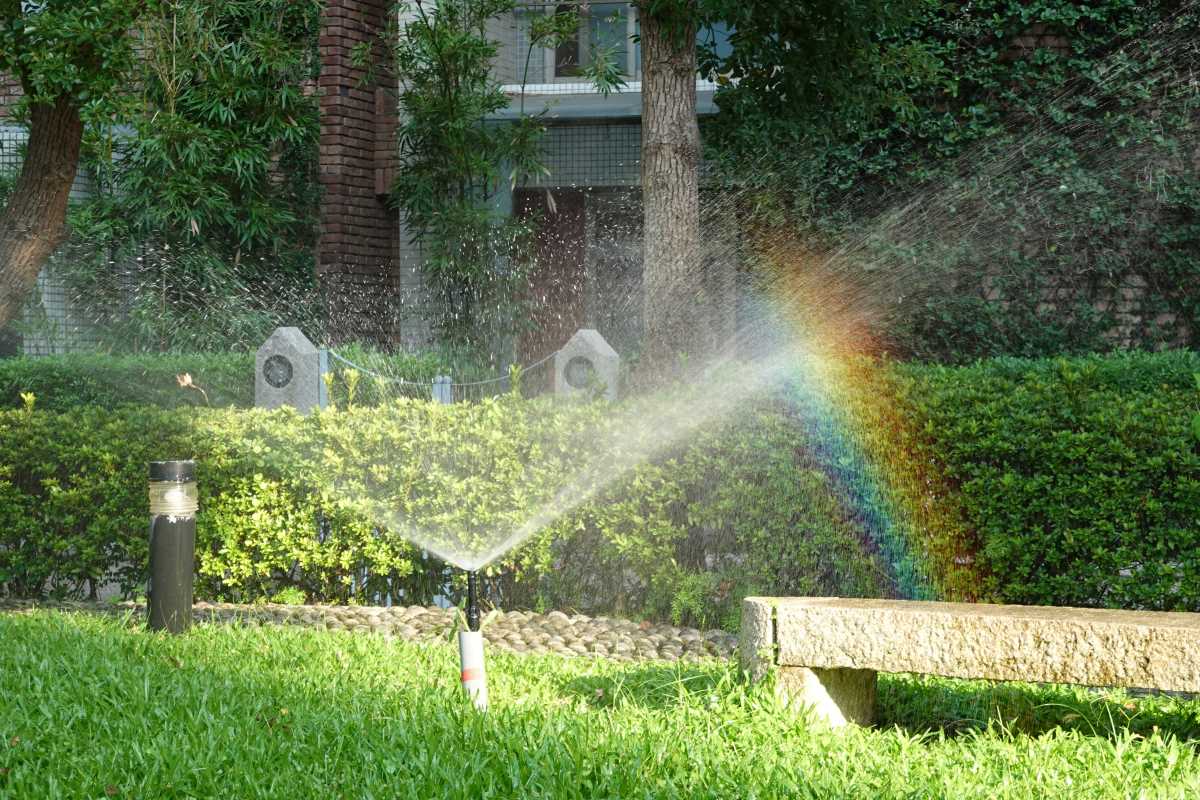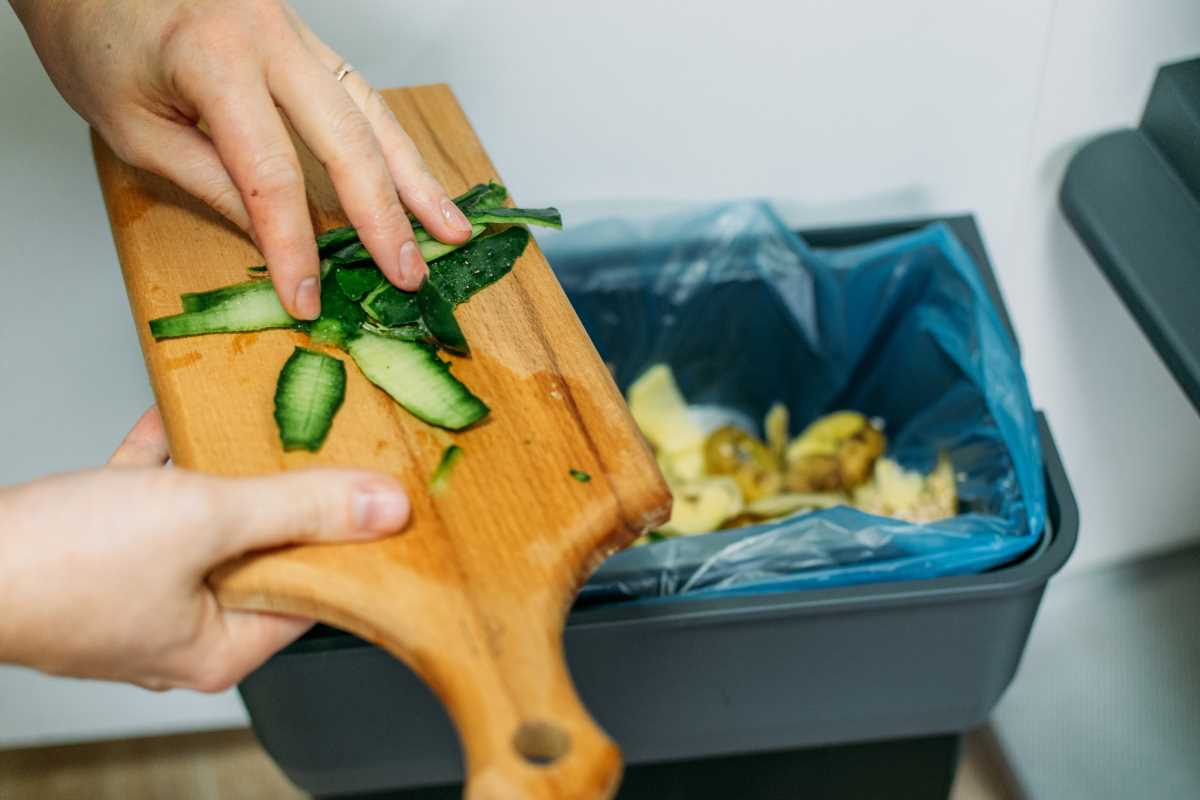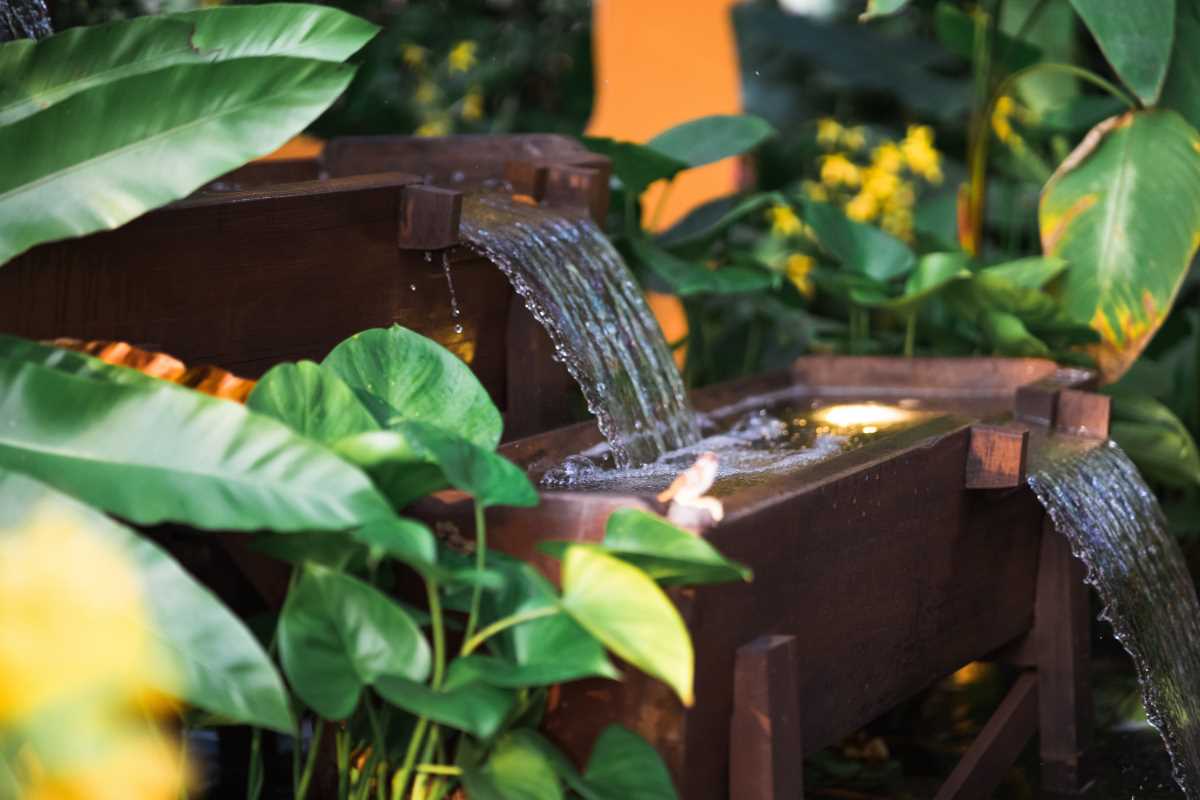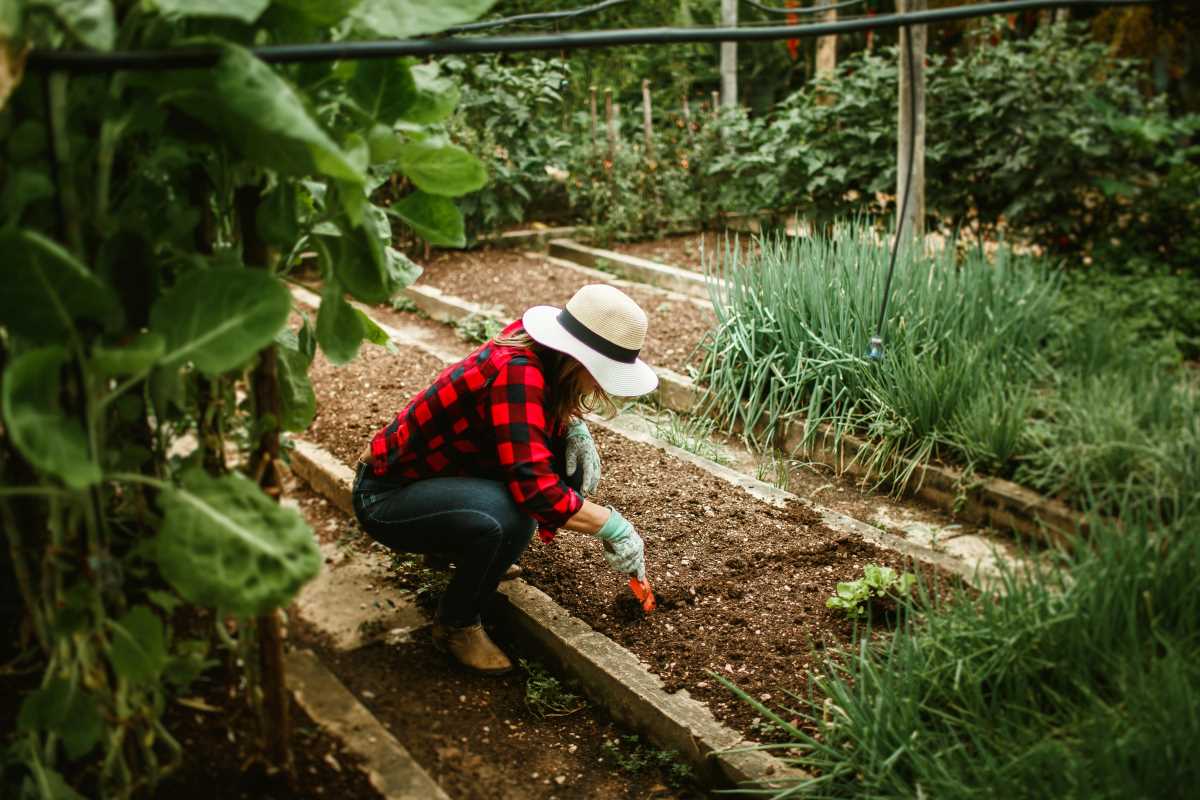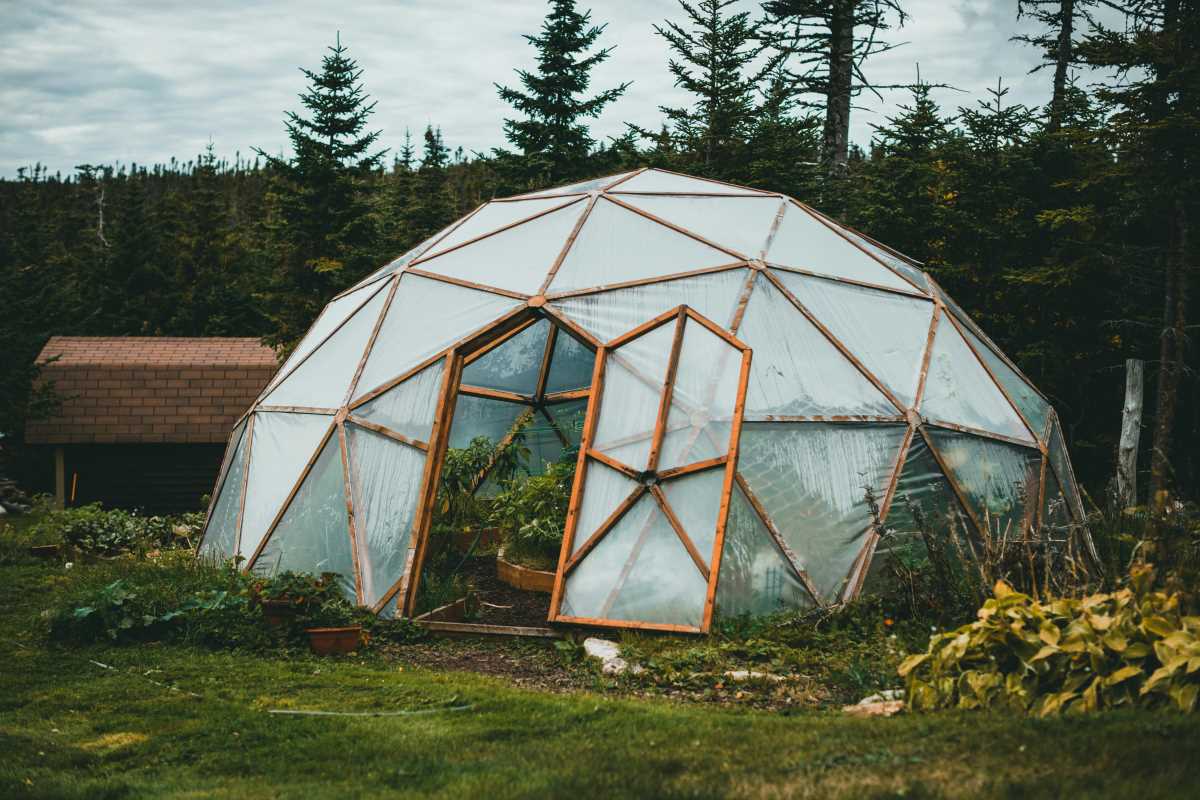A rain barrel system offers a practical solution for watering your garden during dry spells, transforming your approach to plant care. By collecting rainwater, you can significantly reduce your water bills and provide your plants with the soft, natural moisture they thrive on. Implementing this system may seem challenging at first, but it's surprisingly straightforward and can completely revitalize your garden. Not only does it contribute to a healthier landscape, but it also creates a serene haven for your homegrown flowers and vegetables. With just a bit of effort, you can enjoy a more sustainable and lush outdoor environment.
When you start using rain barrels, you open the door to more sustainable living. You gather water for your garden, and you also reduce runoff that might erode your landscape. Learning to work with natural resources makes your outdoor space more enjoyable and can even spark new interests in gardening and home improvement.
Why Collect Rainwater for Your Garden?
Collecting rainwater is a practical choice that rewards you with both environmental and personal benefits. You use water that nature freely offers and reduce your reliance on municipal supplies. This results in a healthier garden and lower utility bills over time.
Here are some key advantages of using rainwater in your garden:
- Water Conservation: You reduce water waste by collecting and reusing rainwater.
- Cost Savings: Collecting your own water can lead to lower water bills during the dry season.
- Plant Health: Rainwater is free of chemicals found in treated water and is better for your garden’s soil.
These benefits show that rainwater collection is a win-win solution for both your wallet and your outdoor space. Using rainwater also helps you live more eco-friendly.
Choosing the Right Rain Barrel System
Selecting the best rain barrel system for your garden starts with understanding your needs and space. Think about how much water you might need during dry days and how much rain your area usually gets.
Consider these important factors when making your choice:
- Size: Pick a barrel that holds enough water for your garden's needs without taking up too much space.
- Material: Look for barrels made from durable materials that can handle UV rays and weather changes. For example, some Aquabarrel models have a sturdy build designed for long-term use.
- Location: Place the barrel near your downspout to easily catch runoff from your roof.
- Design Features: Consider barrels with built-in filters or lids to keep insects and debris out of the collected water.
Spending time to weigh these factors will help you find a system that suits both your garden and your budget. Planning carefully during this stage allows you to enjoy the rewards during dry spells.
How to Set Up Your Rain Barrel: Step-by-Step Guide
Once you have selected your rain barrel system, setting it up can be straightforward. Following clear and simple steps will help you enjoy collecting rainwater quickly.
Follow this step-by-step guide:
- Choose the Spot: Find an area near a downspout where rain can easily flow into your barrel.
- Prepare the Connection: Use a diverter to link your downspout to the rain barrel. This minimizes debris entry and directs water properly.
- Secure the Barrel: Place the barrel on a stable surface or build a small platform to elevate it. This makes it easier to use a spigot for watering.
- Install a Screen or Lid: Fit a screen or lid to help keep insects and leaves out while still allowing rainwater in.
- Test the Setup: Run some water through your system to check that it fills smoothly and there are no leaks.
Taking your time with each step ensures that your rain barrel system works reliably throughout the seasons. These steps also help you learn more about directing and storing water in a controlled space.
Keeping Your Rain Barrel System Clean and Functional
Maintaining your rain barrel system is key to enjoying its benefits year after year. Regular cleaning and simple checks will keep the system running smoothly.
Here are some maintenance tips to help you out:
- Clean the screen or lid often to prevent blockages from leaves and other debris.
- Inspect for any cracks or damage in the barrel after extreme weather conditions.
- Ensure the diverter and connection points remain secure and free from clogging.
- Flush the barrel with clean water every once in a while to remove any sediment buildup.
Staying on top of these tasks keeps your system in good shape even when you are busy with other home projects. A small investment in maintenance can save you from bigger headaches later.
Making the Most of Your Rain Barrel System
You can find many fun ways to use the water collected in your rain barrel. For example, create personalized watering schedules that match your garden’s needs. Setting up drip irrigation or even a simple watering can system is a great way to ensure each plant gets enough water.
You can also explore creative uses by linking your system with other rainwater collection systems ideas to improve your garden care methods. Many users connect an extra rain barrel to collect more water during heavy rains. Learning small tricks like these helps you adapt your watering routines during busy periods or when the weather changes suddenly.
Use the system to easily collect rainwater and keep your garden healthy.
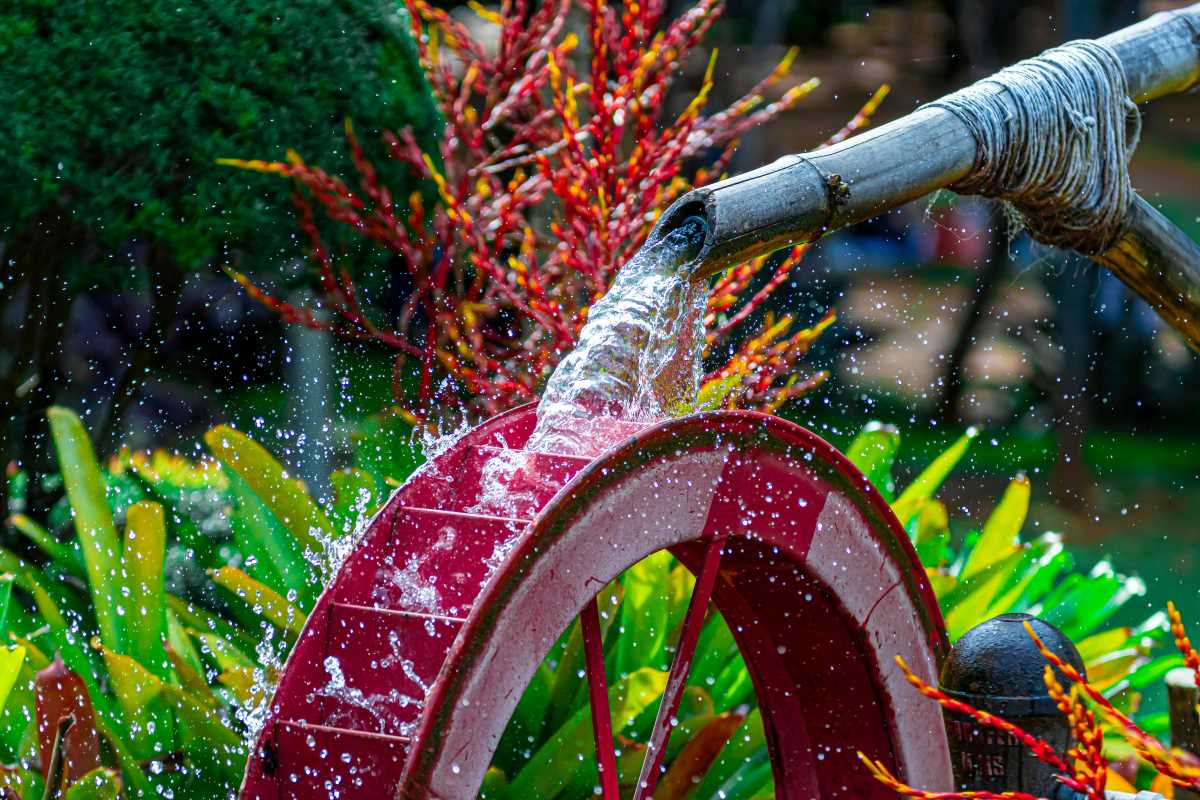 (Image via
(Image via